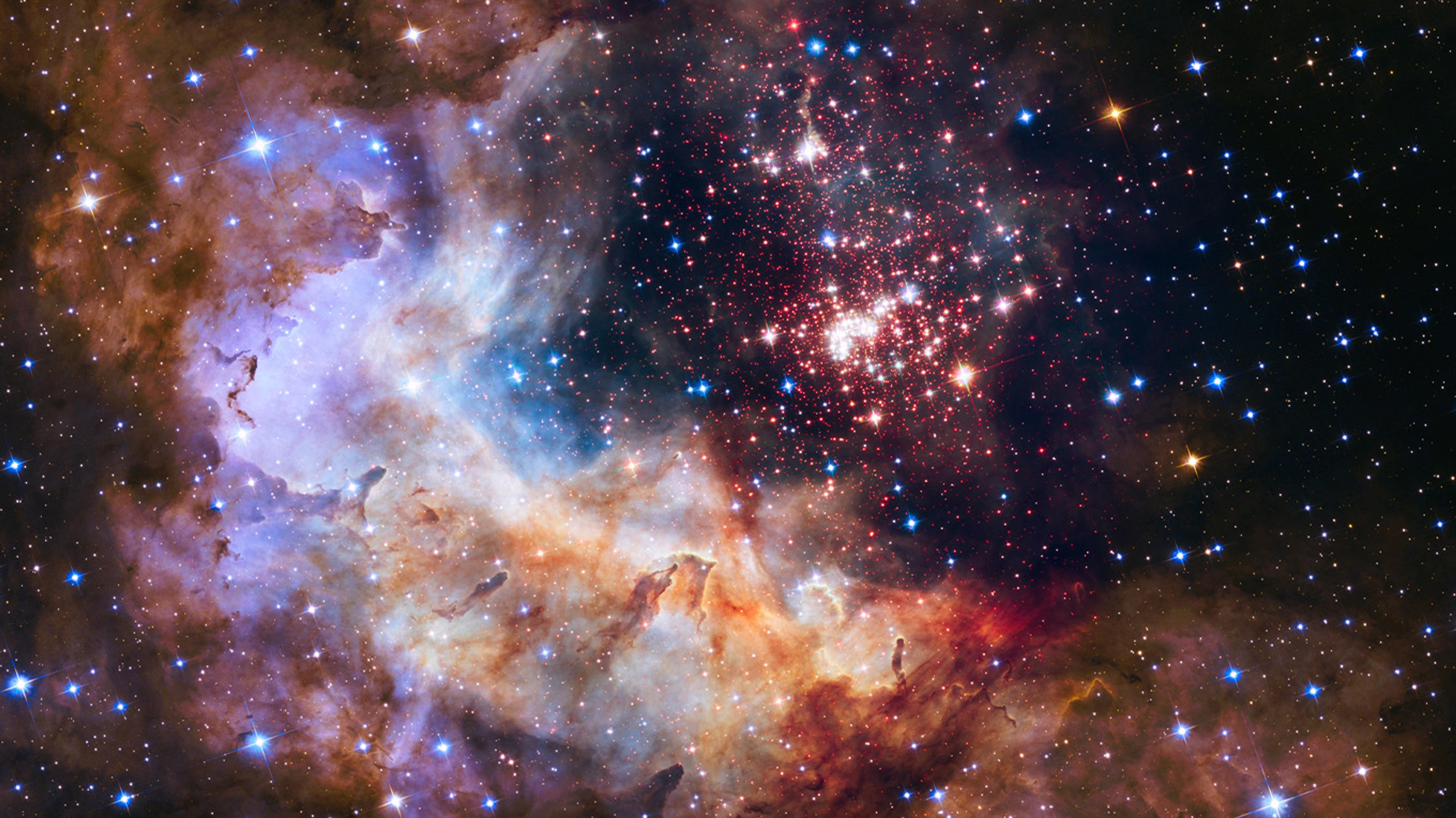Hubble
a journey through time and space

Fotografiska Stockholm, in collaboration with the European Space Agency (ESA) and the Department of Astronomy at Stockholm University, now present unique images taken by the legendary space telescope Hubble, in an exhibition with the same name. This gigantic camera, weighing more than eleven tons, now celebrates 30 years. During these three decades it has taught all of us more about space – and made science constantly keep searching for what powers there may be in our universe.
let us travel in time
Twinkle, twinkle little star… look up at the sky and imagine that 600 kms above Earth, a camera is making its trajectory. Because that’s exactly what this space telescope, named Hubble, is: a camera that’s now celebrating 30 years, and, during these three decades, it has sent us such unique photographs as to revolutionize astronomy and the way we perceive the universe.
“The significance of Hubble has been enormous – like a veil being lifted, allowing us to see many light years beyond what can be seen from Earth. Hubble’s impact can be likened to when Galileo, during the 16th century, lifted that first veil. When he managed to study the night-sky with a telescope, and could observe things never before seen, like the moons of Jupiter”, says Göran Östlin, Professor of Astronomy at Stockholm University.
You might have seen the images of amazingly colourful strange formations, celestial bodies, galaxies, black holes (they are, of course, not visible, but what happens around them in the form of jet rays and gas clouds moving quickly shows that something big and heavy affects them), star nurseries, nebulas… yes, we’ve gotten to learn a lot of new terms that were previously almost exclusive to astronomers, if even to them.
In our atmosphere there are always disturbances, making the image from even a perfect telescope blurry, but when the camera floats in space the image instead becomes clear, and it also requires less light for a telescope to perceive it.
What Hubble actually does, is let us travel in time. Backwards. The speed of light is immense, but not infinite, so when we look far away, we also look back in time. When Göran studies one of “his” galaxies that’s 100 million light years away, he sees it as it looked 100 million years ago. The light started its journey towards us when dinosaurs were still alive, and before humans walked the Earth. The bright, blue giant stars he studies there, doesn’t exist anymore either – they exploded as supernovas about ten million years after their light was radiated. The most distant galaxies we can observe through Hubble sent out the light we can see today up to 13 billion years ago, just a few hundred million years after the Big Bang, and it’s still travelling as a light memory through space.
In collaboration with NASA, ESA and The Department of Astronomy at Stockholm University, Fotografiska can now show some of the unique images that shaped and reshaped our view of the universe during the last decades. From 5 March to 17 May this spring, a large, international scientific astronomy conference is held in Stockholm for the first time, and the exhibition Hubble is held in conjunction with it.
“It seems perfectly natural that we, with the help of a camera, can see frozen moments that have already passed. But the limitation is that someone/something had to be at a specific place at a specific time to capture it...”
how we can view our contemporary world
The space telescope Hubble got its name from the American astronomer Edwin Powell Hubble, and has been created and run as a joint project by NASA (National Aeronautics and Space Administration) and ESA (European Space Agency). The reason his name was used for the space telescope is that he, almost a hundred years ago, was one of the first to show that there were other galaxies outside of our own Milky Way, and that the universe therefore was much larger than previously thought. And not only that: the distance between the galaxies is constantly growing, since the universe is expanding.
The outcome of these 30 years: There is a constant need for new theories to try to explain the phenomena registered by Hubble. Hubble hasn’t just taken us on a journey back in time, it has also taken us further in how we can view our contemporary world, and what unknown forces we are actually part of.
“It is fascinating how much we still know, considering that all we have to work with is tiny specks of light captured by Hubble’s lens – it’s not like we can travel there to check. And the exciting thing about science, the core of it, is the search: not the establishing of truths, but the constant reevaluation. It can, of course, be a little frustrating when things change and the building blocks of your theory turn out to be incorrect, so an ounce of humility is necessary. But as astronomers we are used to dealing with a quite an incomprehensible world, beyond our physical grasp. To now get the chance to share it with Fotografiska’s visitors, feels both important and like something to be proud of”, Göran Östlin concludes.